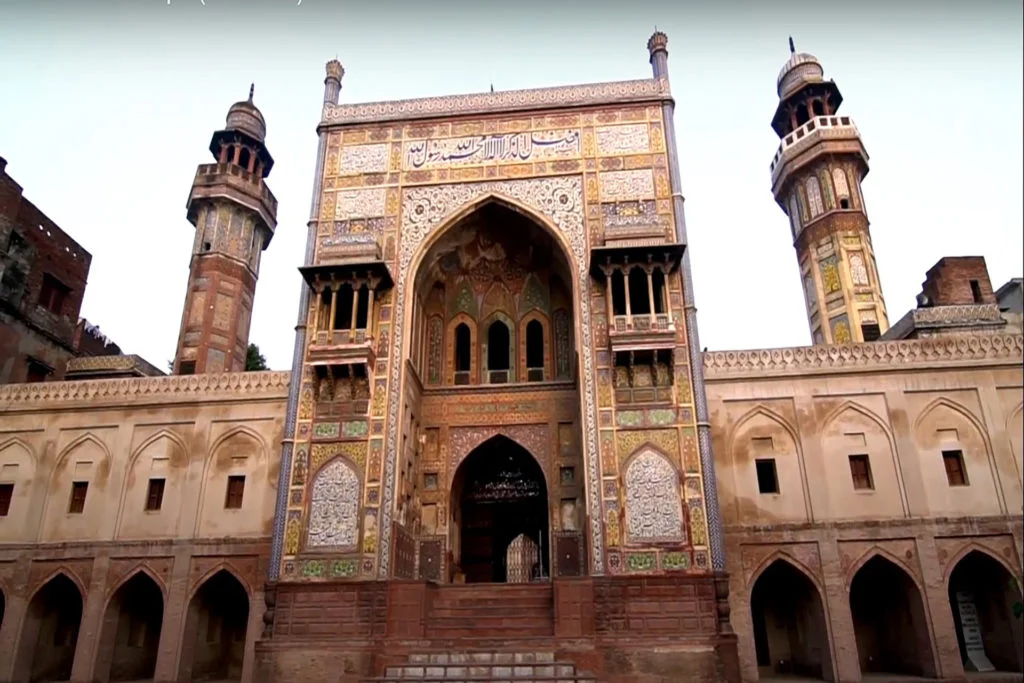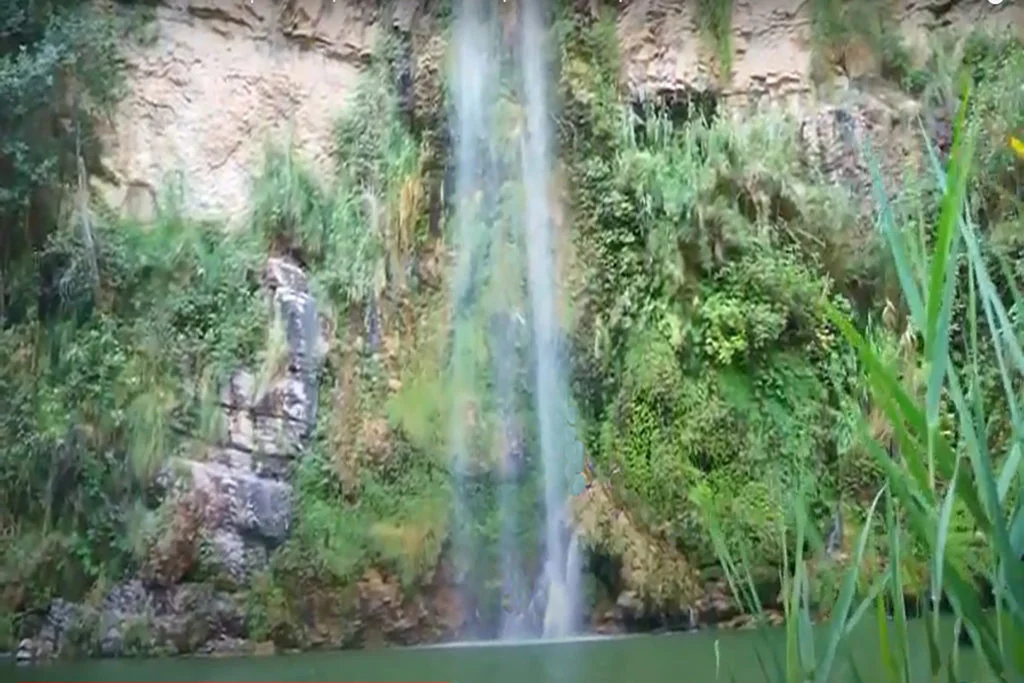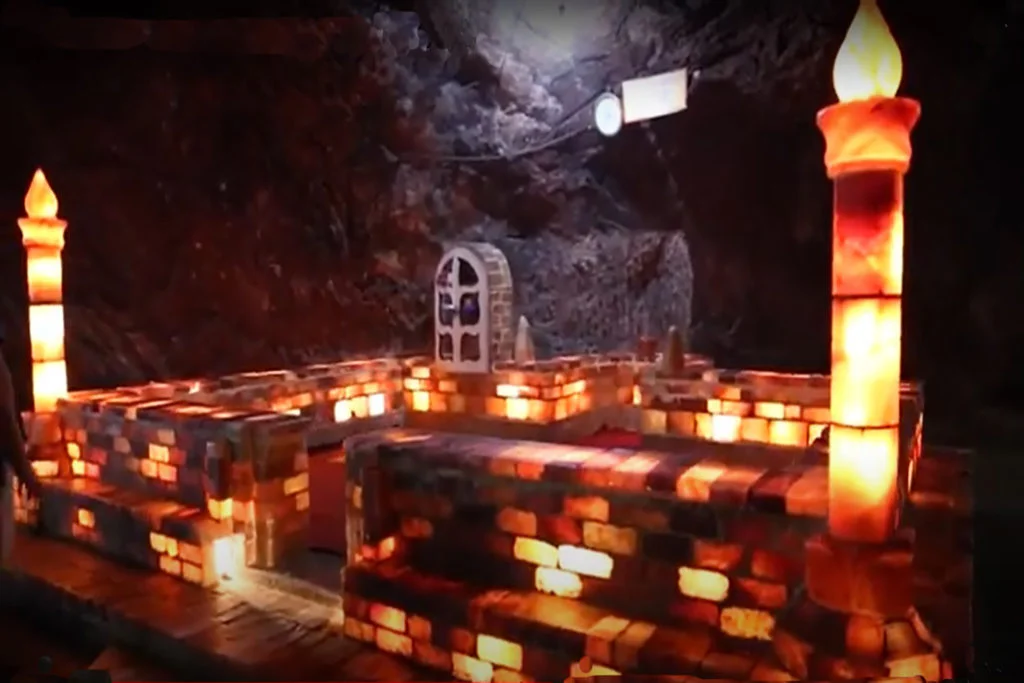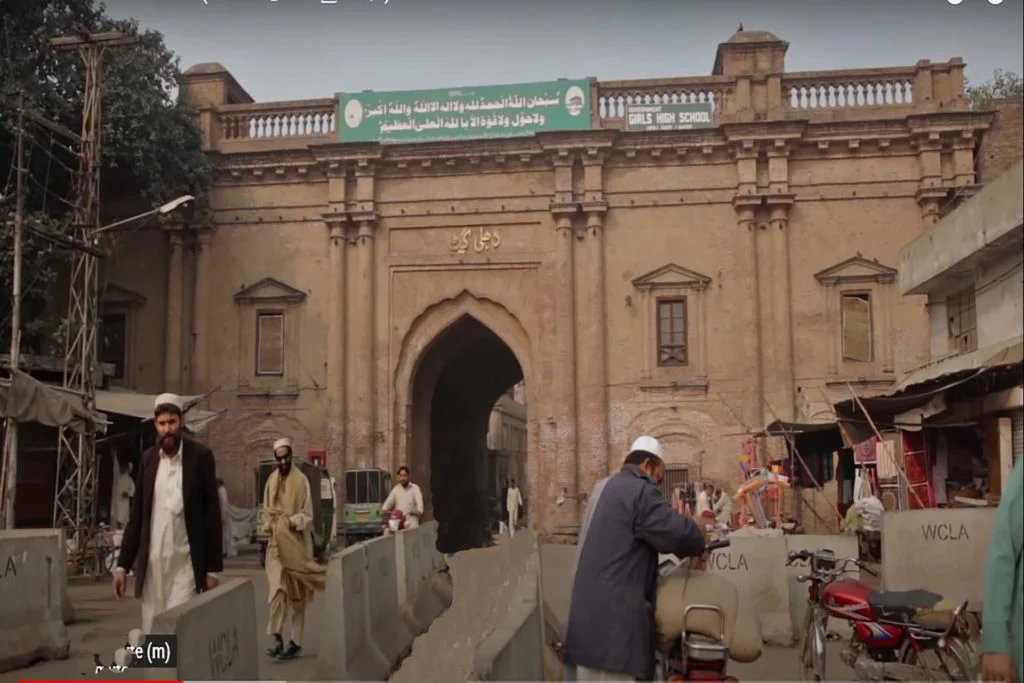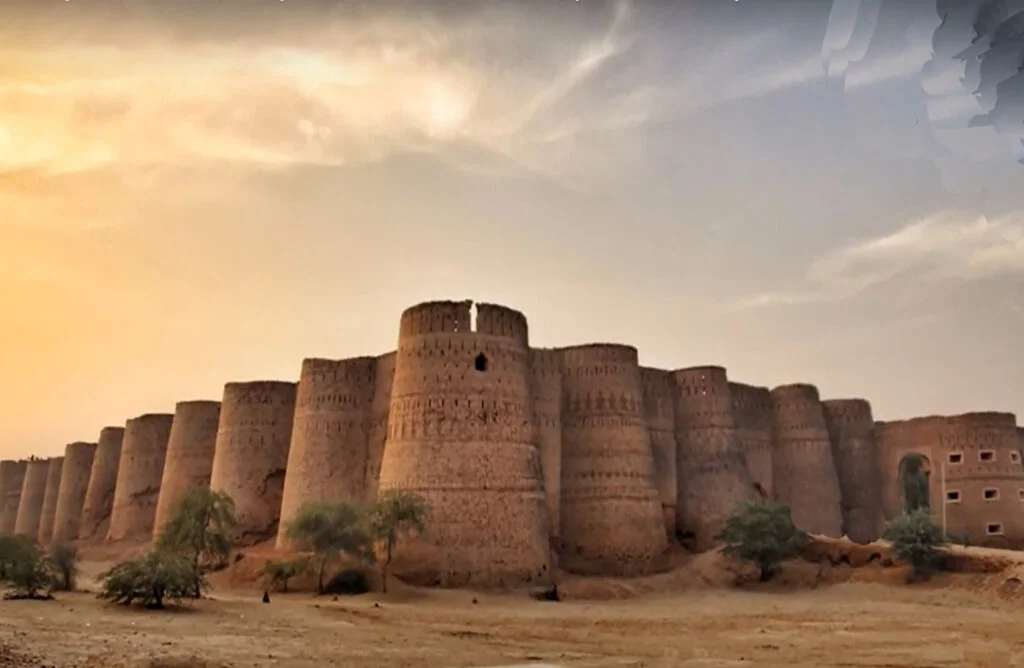Darbar Mahal, situated in Bahawalpur City, Pakistan, is a historic palace with a rich legacy. Originally constructed to serve as the venue for court functions and government offices of the erstwhile princely state of Bahawalpur, this architectural marvel was built under the patronage of Bahawal Khan V. Initially named Mubarak Mahal, it stands as a testament to the region’s royal history and cultural heritage.
It was completed in 1905 and is located near several other palaces in the Bahawalgarh palace complex, including the Nishat Mahal, Farrukh Mahal, and Gulzar Mahal. Darbar Mahal in Bahawalpur is surrounded by sprawling 75 acres of lush gardens.
Darbar Mahal Bahawalpur Location
Darbar Mahal is a historic fort located in the Pakistani city of Bahawalpur; this city is deeply rooted in Asian history and is considered one of the most important commercial and cultural centers in local history.
Darbar Mahal Bahawalpur itself is not open to the general public, but its grounds are a popular tourist attraction; as they provide proximity and an excellent view of architecture that resembles the ancient Mughalai fort and is at par with the typical fusion of East Indian and Arabic architectural techniques that were prevalent in the subcontinent during the 19th century.
Architecture & Design of Darbar Mahal Bahawalpur
The architectural style of Darbar Mahal is a harmonious fusion of local, Arabic, and European influences. Its exterior is adorned with intricate carvings, delicate fretwork, and stucco decorations, creating a visually captivating facade. Each side of the building boasts a grand entrance and jharoka balconies, adding to its regal elegance.
The crowning architectural feature is the third floor, characterized by a Mughal-style chattri roof. At each corner of this roof, highly stylized octagonal turrets are prominently featured, topped with Sikh-style domes. These architectural elements contribute to the distinctive and captivating aesthetics of the palace.
Darbar Mahal History
The Abbasi family held sway over Bahawalpur for over two centuries, leaving an indelible mark on the region’s development. Their reign was marked by significant contributions to the state’s progress, exemplified by the construction of numerous palaces boasting state-of-the-art architecture. These palaces stand as magnificent testaments to the exceptional craftsmanship and artistic vision of the era.
The Darbar Mahal Bahawalpur was commissioned by Nawab Bahal Khan (V) in 1904 and was one of its kind among other forts that were built at that time. Originally conceived as “Bhawal Gerh”; the fort was completed in 1905 and was dedicated to one of the Nawab’s wives.
Additionally, the Mahal played a pivotal role as the seat of the Regional Court in the Bahawalpur State.
Who Built Darbar Mahal Bahawalpur
A splendid architectural gem in Bahawalpur city is the Darbar Mahal. Its construction was commissioned by Nawab Bahawal Khan-V in 1904 and was originally named Bahawal Garh. The palace’s construction was finalized in 1905, and it was dedicated to one of the Nawab’s wives, marking it as a testament to the region’s rich history and cultural heritage.
The Darbar Mahal Bahawalpur was built with red bricks and is built in the style of the Lahore Fort. It contains four domes that are interconnected by short corridors. The structure is an elegant blend of red and white; with white dominating the roof and windows, while the exterior walls are red.
The architectural theme of Darbar Mahal seamlessly blends ancient Arab and Indian traditions, maintaining a consistent design motif throughout the structure. The palace features a spacious layout adorned with over 80 windows, each meticulously styled in accordance with the time-honored Islamic architectural traditions reminiscent of the 14th century. This meticulous attention to design preserves the historical and cultural heritage within the building.
Darbar Mahal Interior
The interior of Darbar Mahal Bahawalpur exudes an aura of sophistication and refinement. The walls are adorned with a distinctive light golden-brown hue that is not only visually captivating but also imparts a sense of sturdiness and spaciousness to the rooms.
Valuable paintings dating back to the mid-19th century grace the walls, alongside traditional Indian ornaments and swords. The interior is embellished with exquisite furniture of top-notch quality, showcasing the finest local craftsmanship of its era. The carpets, equally opulent and magnificent, add to the overall grandeur.
Velvet curtains, elegantly hued in fresh maroon, adorn the doors, harmonizing beautifully with the surrounding walls and amplifying the regal ambiance. The vaults are bedecked with ceramic tiles that glisten under the radiant glow of luxurious chandeliers.
Archaeologists believe that the architectural design of Darbar Mahal Bahawalpur is a fusion of local and foreign influences, drawing inspiration from Delhi, Mughal, Sikh, and European design trends. Historians affirm that Bahawalpur rose to prominence as a formidable Abbasi royal capital.
The primary hall of the structure was once designated as an art gallery, housing an impressive collection of invaluable and rare artworks and family heirlooms.
The sprawling palace grounds, covering over 75 acres, are a lush expanse of greenery, making it one of the most extensive properties in the vicinity. This verdant landscape provides a conducive environment for a diverse array of plants to flourish. The meticulously maintained grounds also feature ornate fountains that enhance the overall aesthetics.
Since 1971, Darbar Mahal Bahawalpur has been under the custodianship of the armed forces and currently houses government offices. Previously, it served as the seat for the Regional Court of Bahawalpur State and was a residence of Nawab Abbas Abbasi for an extended period.
Potential for Tourism
Darbar Mahal possesses significant potential as a tourist attraction owing to its vintage architectural design, reminiscent of pre-partition India, and its deep-rooted ties to local cultural history.
Regrettably, the majority of the estate remains inaccessible to the public. Only the periphery of the gardens is occasionally opened for special occasions, galas, or official events.
In the local culture, Darbar Mahal is regarded as one of the rare palaces constructed in Bahawalpur, earning it the colloquial title of the “Princely State.” This underscores its unique and esteemed status within the region.


